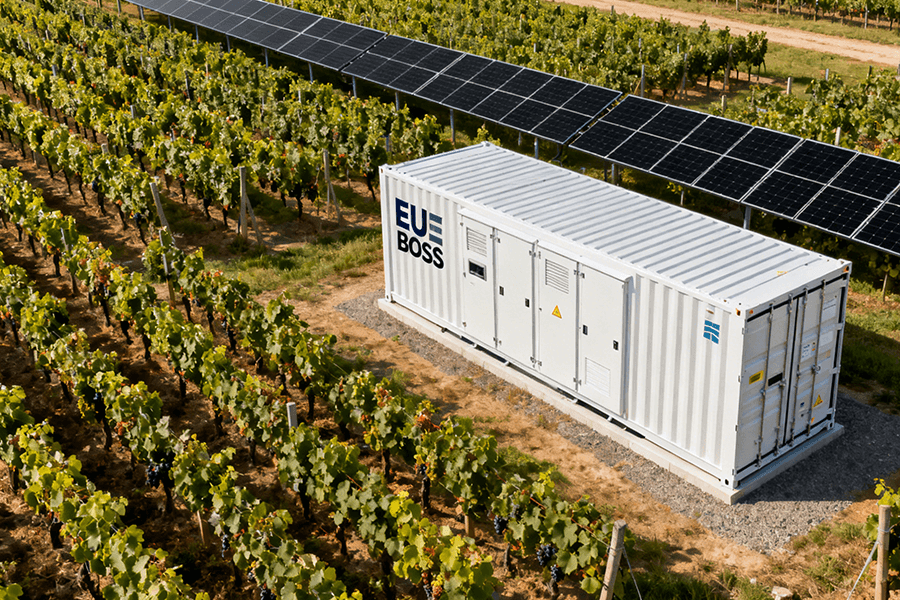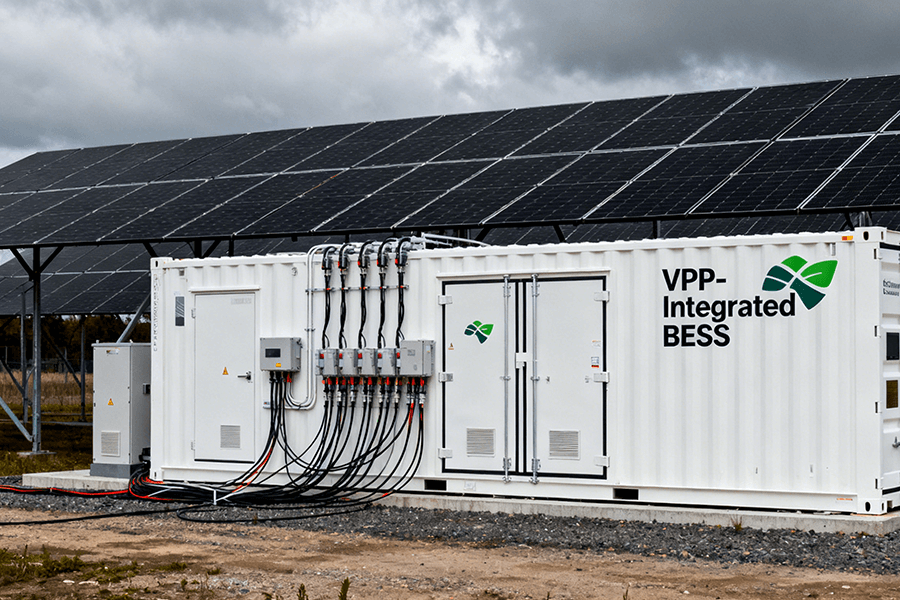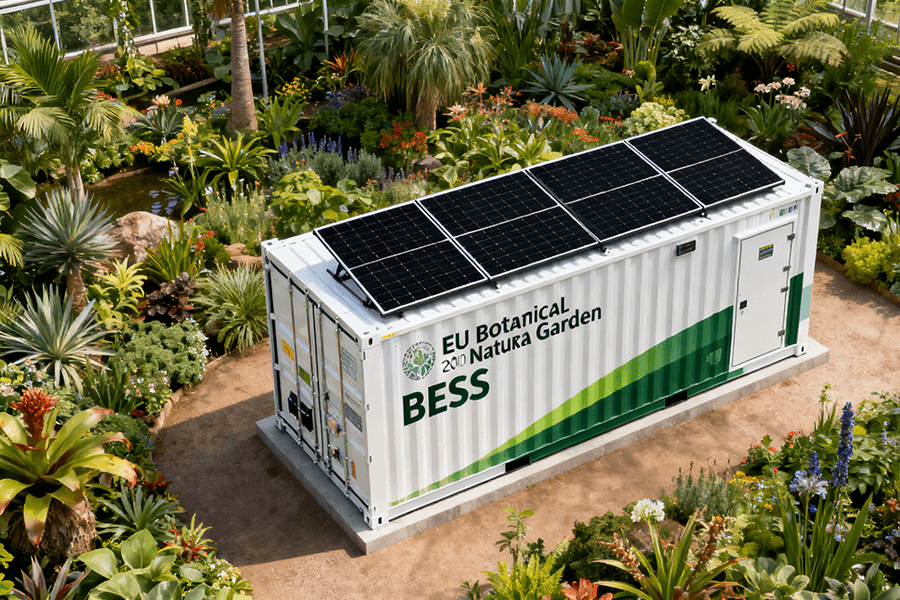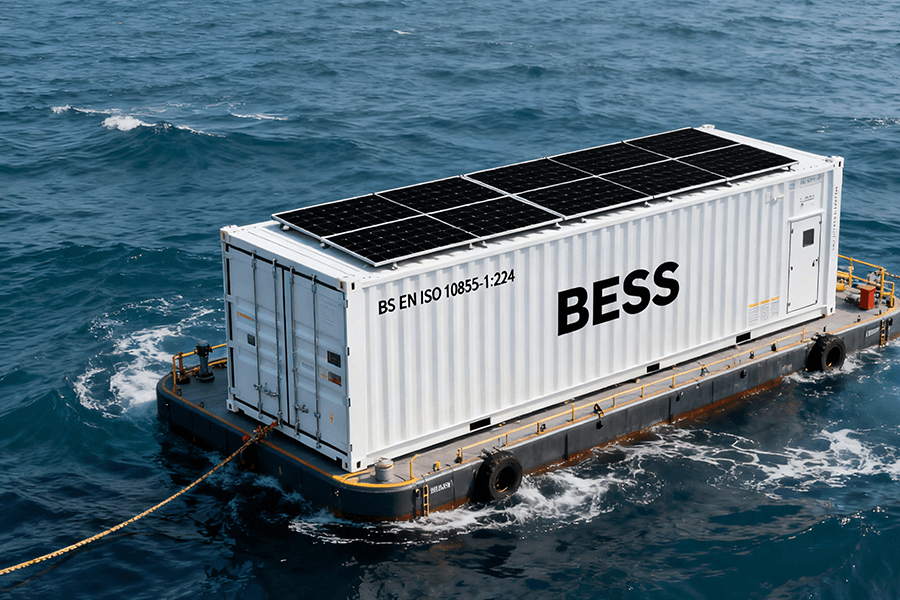Introduction
The deployment of large solar power systems is a critical component of the global transition to clean and sustainable energy sources. However, the continued success of these solar projects relies on more than just their initial construction. Ensuring the long-term maintenance and efficient operation of large solar power systems is paramount to maintaining their sustainability. In this article, we explore the significance of ongoing maintenance practices in preserving the efficiency and effectiveness of solar projects.
The Importance of Ongoing Maintenance
System Performance: Routine maintenance is essential to keep solar panels and associated components functioning optimally. Dust, debris, and wear and tear can reduce the system’s overall performance.
Longevity: Solar projects are intended to operate for decades. Regular maintenance safeguards the longevity of the system, ensuring it provides clean energy for an extended period.
Economic Viability: Efficiently operating solar projects generate more electricity, resulting in increased economic benefits. Effective maintenance practices improve the economic viability of these investments.
Environmental Impact: Well-maintained solar systems generate more clean energy, reducing greenhouse gas emissions and mitigating environmental impacts. Inefficient systems may lead to energy waste.
Key Aspects of Solar Project Maintenance
Cleaning and Inspection: Regular cleaning of solar panels is crucial to remove dust, dirt, and debris that may accumulate on the surface. Frequent inspections identify any damage or malfunctions, allowing for timely repairs.
Inverter Maintenance: Inverters are integral to the functioning of solar systems. Regular inspections and maintenance ensure they are operating efficiently and converting DC electricity to AC power effectively.
Vegetation Management: Solar panels should be kept clear of shading from nearby trees or vegetation. Pruning or removal may be necessary to maintain sunlight exposure.
Monitoring and Data Analysis: Implementing monitoring systems allows for real-time performance tracking. Data analysis can identify areas that need attention and enable proactive maintenance.
Cleaning and Waste Management: Cleaning processes should be environmentally responsible, and any waste generated during maintenance should be managed appropriately.
Benefits of Effective Solar Project Maintenance
Increased Energy Output: Well-maintained solar panels produce more electricity, maximizing the energy output of the system and increasing its economic return.
Lower Operational Costs: Preventive maintenance reduces the need for costly repairs and replacements. It helps maintain the efficiency of the solar system, keeping operational costs in check.
Environmental Benefits: Efficiently operating solar projects minimize energy waste, reducing the environmental footprint of electricity generation and mitigating climate change.
Energy Grid Stability: Solar projects contribute to grid stability by consistently providing clean energy. Effective maintenance practices enhance their reliability and contribution to grid operations.
Long-Term Sustainability: Solar projects that are properly maintained can achieve their expected lifespan, ensuring long-term sustainability and contributing to energy security.
Solar Project Maintenance Challenges and Future Considerations
Labor Shortages: The solar industry is experiencing a shortage of skilled labor for maintenance. Workforce development and training programs are needed to address this challenge.
Environmental Concerns: Environmental sustainability must be at the forefront of maintenance practices. Using eco-friendly cleaning solutions and responsible waste management is essential.
Technological Advancements: Ongoing advancements in solar technology, such as self-cleaning panels and remote monitoring, can simplify maintenance procedures and enhance system efficiency.
Regulatory Frameworks: Governments and regulatory bodies can play a role in establishing clear maintenance standards and requirements to ensure system longevity and efficiency.
Case Studies: Solar Project Maintenance Success Stories
Topaz Solar Farm, California, USA: The Topaz Solar Farm, one of the largest in the world, has implemented a comprehensive maintenance program to keep its 9 million solar panels clean and efficient. Regular panel cleaning and real-time monitoring contribute to the farm’s success.
Kurnool Ultra Mega Solar Park, India: Located in Andhra Pradesh, this solar park is well-maintained through effective cleaning, monitoring, and vegetation management practices. Its efficient operation has made it one of the largest solar installations in India.
The Bungala Solar Power Project, Australia: This project boasts an advanced robotic cleaning system, reducing the need for manual cleaning. The use of robotics enhances maintenance efficiency while minimizing environmental impact.
Conclusion
The sustainability of large solar power projects hinges on effective and ongoing maintenance practices. Maintaining the efficiency of solar systems ensures they continue to generate clean energy, contribute to grid stability, and achieve their intended lifespan. As the world embraces renewable energy sources, the significance of well-maintained solar projects cannot be overstated. By prioritizing proper maintenance, we can continue to harness the power of the sun and advance towards a cleaner and more sustainable energy future.
If you want to customize your own photovoltaic solution today, please contact us.




